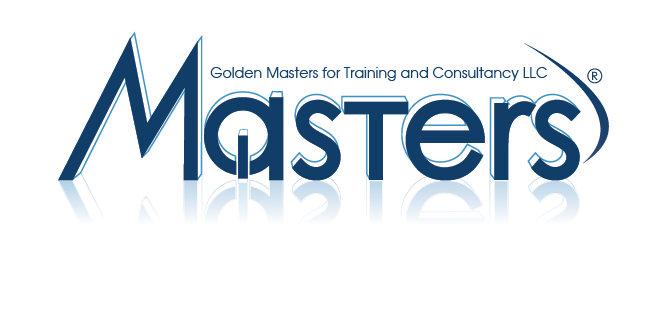This Five-day program offers detailed insight and thorough understanding of the most common ASME codes, pertaining to design/ engineering and testing of the pressure vessels namely Section VIII Div. 1 and Section VIII Div. 2.
This course emphasizes understanding of ‘stated’ and ‘implied’ requirements (i.e. content and intent) of the codes. The participants would be explained in detail the mechanics of adopting and applying the code rules and design formulas for different Design conditions and Services.
ASME VIII Div. 1 is the most commonly adopted code which is simple and used friendly, where as, ASME VIII Div 2 is an alternative code which provides a better engineered vessel with detailed stresses calculations and more rigorous testing, and allows for savings in material costs (thinner parts may be used).
This course is designed to give the participants the confidence and practice for carrying out design and Fabrication and testing for new vessels and also carrying out strength calculations and assessment of integrity of existing vessels.
How to adopt code rules for different types of vessels and with various service conditions will be illustrated with numerous case studies.
Important code stipulation will be reviewed and discussed collectively with participants so as to address the difficulties and ambiguities they might have encountered during their working.
Each attendee must bring a Laptop computer with Microsoft operating system and Scientific Calculator.
Course Objective:
- Familiarize participants with the concepts and technical terms of the codes
- Know the basic concepts of the codes and their design fundamentals
- Understand salient features and differences between Div 1 and Div 2
- Know the design of Shell, Heads, and other pressure parts
- Learn design of nozzles and nozzle reinforcements
- Design for external pressure and Jacketed vessels
- Design requirements for low temperature operation
- Discover the fabrication requirements, assembly and welding requirements.
- NDT and Inspection procedures
- How to carry out pressure testing, certification and stamping of Pressure Vessels.
- Introduction to Integrity assessment of in-service vessels.
Outline:
o Introduction to ASME codes
o ASME Code system : Code revisions, Editions and addenda
o Design principles adopted in ASME codes,
o Understanding the code content, code intent
o Pressure Vessels : Categories and classification
o Design rules, How these were derived and arrived at
o Concept of working pressure, design pressure, MAWP,
o Design of vessels under internal pressure,
o Design of flat heads, dished heads, conical heads,
o Nozzle and openings, reinforcement of openings
o Adequacy of weld joints for shells and nozzles
o Methods of design optimization, economical compliance.
o Quality Assurance System as per ASME codes
o Material identifications, use of unidentified materials
o Material inspection – Resolving non-conformances
o Fabrication methods, weld joint categories
o Weld joints – longitudinal circumferential
o Welded joints in nozzles and attachments
o Fabrication tolerances
o PWHT requirement
o Impact testing Requirements
o QA/QC requirements
o Pressure Testing of vessels
o Selection of Pressure Test Methods
o Test Procedures
o Certification and Stamping of vessels
ASME VIII Division 2 - Pressure Vessel Series
Introduction
o Basic differences between ASME VIII Div. 1 and ASME VIII Div. 2.
o User’s design specification (UDS)
o Quality Control, Inspection and test plan
Material requirements
o Materials Permitted For Construction of Vessel Parts
o Supplemental Requirements for Carbon and Alloy Steels
o Material Test Requirements
Design Requirements
o Allowable Stress Basis, Safety factors for design load combinations
o “Design by Rule” requirements
o “Design by analysis” requirements
o Design of Pressure parts: Shells and heads
o Design Fatigue Curves
o Additional Requirements for Very High Pressure Vessels
Fabrication Requirements
o Fitting and Alignment
o Welding Fabrication Requirements
o Preheating and Heat Treatment of Weldments
Inspection and Examination Requirements
o Examination groups for pressure vessels
o Examination Method and Acceptance Criteria





